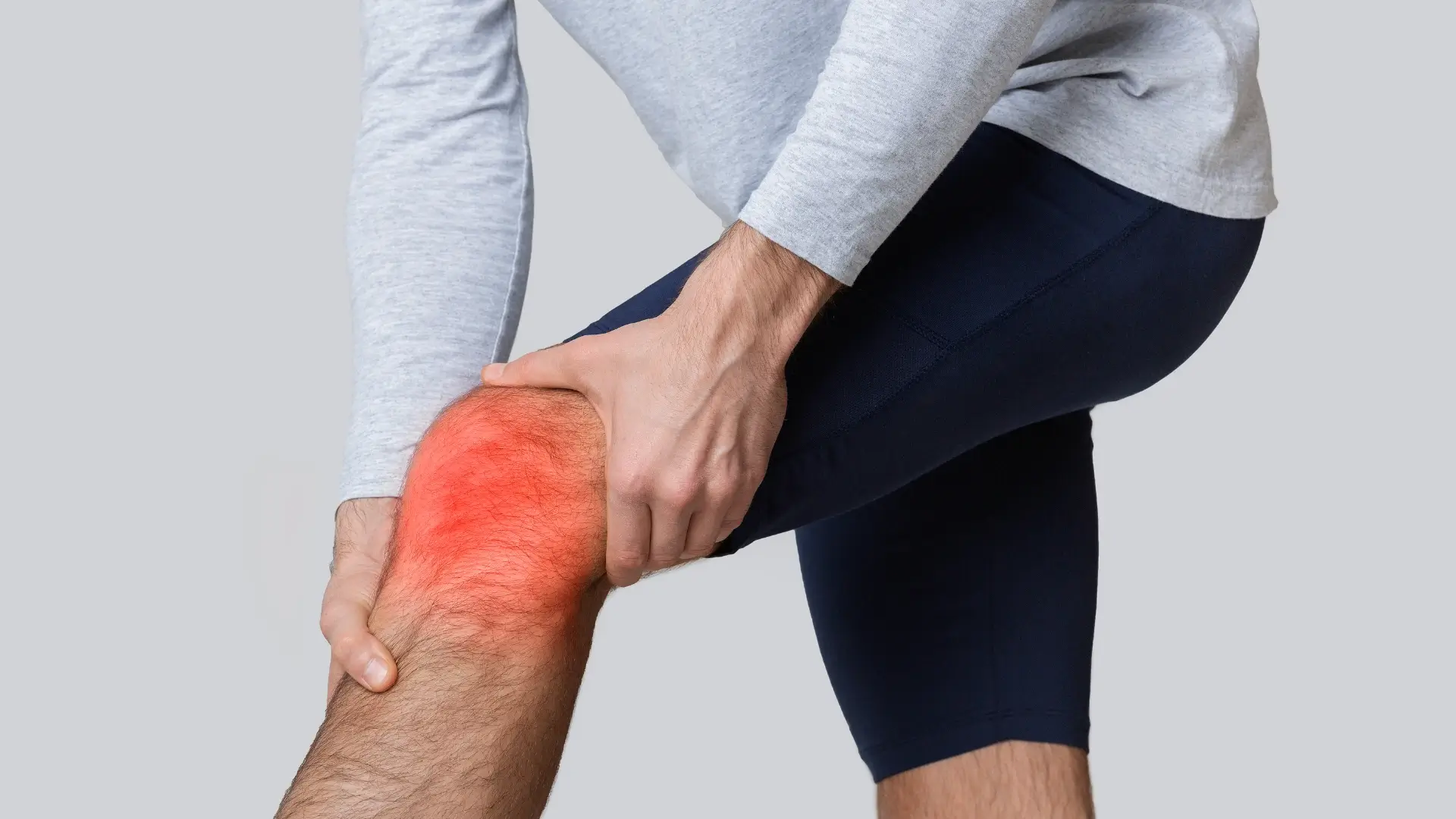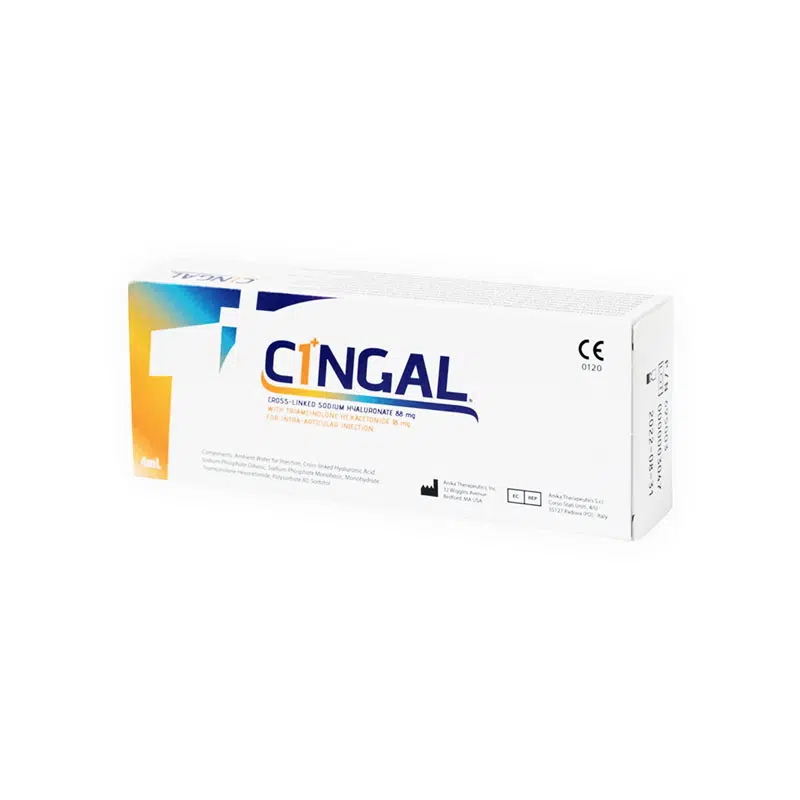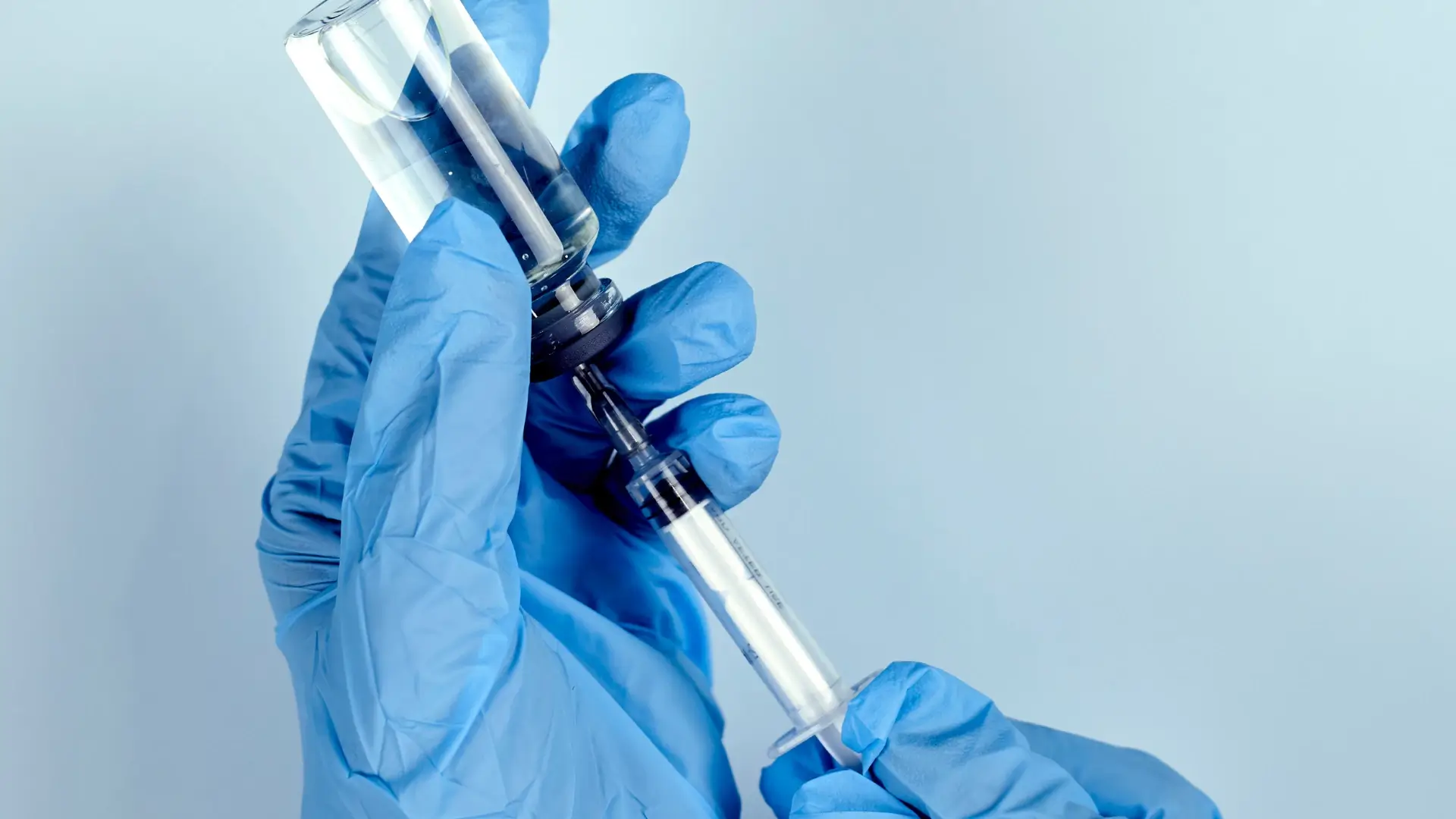A 2015 study demonstrated that viscosupplementation offers moderate yet significant pain relief and improved function for knee osteoarthritis patients, with a 60% to 70% improvement rate compared to placebo. By reducing the need for opioids and NSAIDs, viscosupplementation provides patients with a safer option for symptom management and can potentially delay the need for joint replacement surgery.
With viscosupplementation’s growing popularity, various treatment options have emerged, including Cingal. This innovative injection combines hyaluronic acid with a corticosteroid to enhance the quality of life for knee OA patients. However, while many individuals benefit from Cingal, they should also be aware of potential side effects.
This article will delve into Cingal injections, their effectiveness in relieving joint pain and improving mobility, and the potential side effects, including common and rare reactions.
Key Takeaways
- Cingal injection stands out from other knee OA treatments by uniquely combining two well-known ingredients to effectively target degenerative joint disease.
- This single-injection therapy combines its ingredients for both immediate and long-term relief.
- A clinical study demonstrated that Cingal provides immediate and lasting relief from osteoarthritis-related pain, stiffness, and functional impairment.
- Cingal’s side effects are generally mild and temporary, with injection site reactions being the most frequent.
About: Medica Depot is your trusted all-in-one supplier, offering a range of high-quality medical injectables and supplies. Buy Cingal wholesale at Medica Depot today! Whether for health professionals, plastic surgeons, dermatologists, licensed estheticians, or other specialists, we can offer genuine, brand-name products you may need. With Medica Depot, we prioritize serving you better to improve the patient’s quality of life.
What is Cingal?
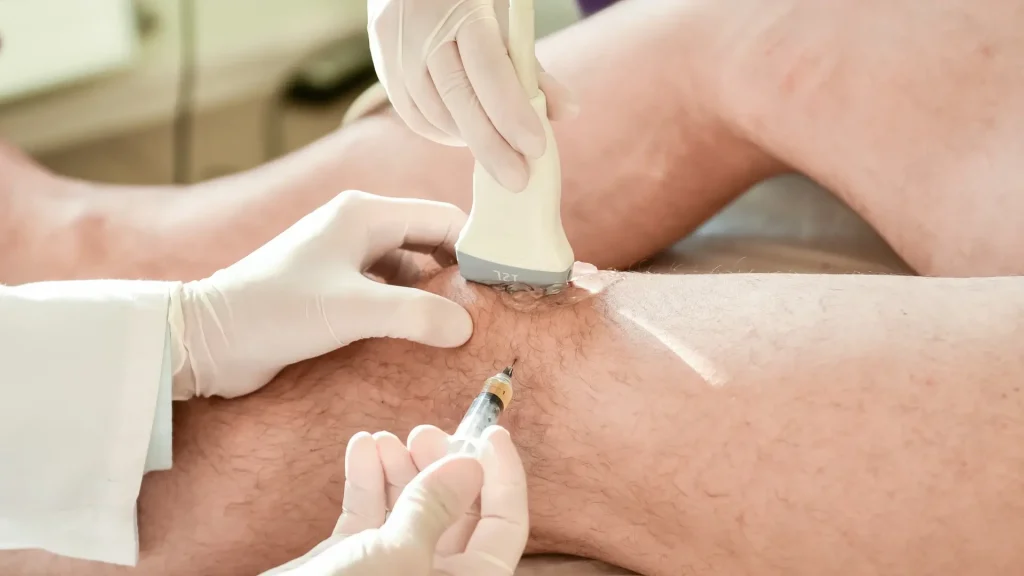
Cingal offers a single-injection treatment designed to relieve pain and restore mobility for patients with knee osteoarthritis (OA). This CE-mark-approved therapy provides patients with a safe and convenient option for long-term relief and improved quality of life.
What sets Cingal apart from other OA treatments is its unique dual-action formulation. Unlike typical viscosupplements that contain only hyaluronic acid, Cingal combines hyaluronic acid and a corticosteroid to target both lubrication and inflammation within the joint. Hyaluronic acid restores the joint’s cushioning, while the corticosteroid provides rapid relief from pain and inflammation, offering patients immediate and lasting effects.
Primarily used for knee OA, Cingal injections may also be considered for other joints affected by osteoarthritis. The injection is administered directly into the joint space, where it replenishes lost hyaluronic acid within the synovial fluid, restoring essential lubrication and reducing discomfort.
Effectiveness of Cingal
Cingal has shown promising effectiveness in providing sustained relief for knee osteoarthritis (OA) patients. Clinical studies indicate that Cingal delivers immediate pain reduction, with relief effects lasting up to 26 weeks compared to saline. This dual benefit—of both immediate and long-term relief—makes it a valuable option for many.
While Cingal injection reviews are still limited, numerous patients report positive experiences, noting significant improvements in pain, stiffness, swelling, and movement. Medical professionals also highlight Cingal’s safety profile and effectiveness when administered properly, recommending it as a reliable option for OA symptom relief.
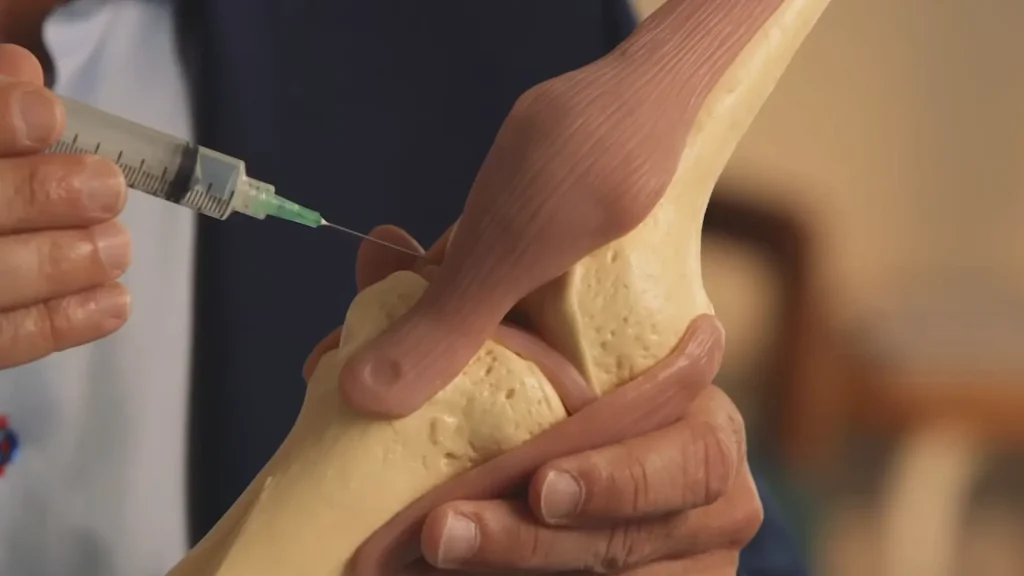
Its long-lasting relief and instant relief from symptoms differs Cingal from other viscosupplement and OA therapies. The combination of hyaluronic acid and corticosteroid delivers a potent solution for this degenerative joint disease, and Cingal’s single-injection approach makes it more appealing and convenient than other options.
Common Side Effects of Cingal
Interested patients who undergo this treatment should understand that common Cingal side effects may occur. Whether comparing Cingal vs Durolane or other viscosupplements, patients may experience these typical reactions. Frequently, these are temporary and can resolve independently within a few days to a week.
- Injection site pain
- Joint pain
- Rash
- Redness
- Swelling
These Cingal side effects are typically mild, with these injection site reactions being the most common. To manage them, patients should rest the affected joint and apply ice to reduce swelling. Over-the-counter pain relievers can also help alleviate discomfort.
Rare and Severe Side Effects of Cingal

Severe Cingal side effects are rare, but they require prompt medical attention to ensure safe outcomes. Factors such as contraindications, improper administration, or unsterile equipment can contribute to these risks. Some potential severe side effects include:
- Severe Allergic Reactions: Manifested by hives, difficulty breathing, or swelling of the face, lips, tongue, or throat.
- Joint Infections: Often characterized by presenting with intense pain, fever, and swelling.
Before receiving a Cingal injection, patients should inform their healthcare provider about any allergies, infections, or medical conditions that might affect treatment. Recognizing and reporting symptoms early can help avoid complications and ensure patient safety. Additionally, a tailored treatment plan can help align Cingal’s intended effects with the patient’s health needs and goals.
Seek immediate medical attention if severe or persistent symptoms appear, such as difficulty breathing, significant swelling, intense joint pain, fever, or redness at the injection site. Early intervention can prevent further complications and support safe treatment outcomes.
Conclusion
Cingal is a promising option for people dealing with knee osteoarthritis (OA), providing relief with just a single injection. Its unique mix of hyaluronic acid and corticosteroid offers fast, lasting relief, helping many patients feel better and regain mobility without relying on traditional therapies. While experiences with Cingal have been overwhelmingly positive, it’s always wise to stay alert for any unusual or persistent symptoms.
For those considering Cingal, knowing both the benefits and potential side effects can make a big difference. By working with their healthcare provider, patients can decide if Cingal is the right fit for their needs, making it easier to find relief, move with less pain, and enjoy a better quality of life.
FAQs
1. What are Cingal injections used for?
Cingal injections are primarily used to provide symptomatic relief for patients with knee osteoarthritis (OA). They combine hyaluronic acid for lubrication and cushioning with a corticosteroid to alleviate inflammation and pain.
2. What are the common side effects of Cingal?
Common side effects of Cingal include injection site pain, joint pain, rash, redness, and swelling. These reactions are typically mild and temporary and resolve within a few days to a week.
3. Are there any rare but severe side effects associated with Cingal?
Yes, while rare, severe side effects may occur and require immediate medical attention. It’s important to contact a healthcare professional if any unusual or severe symptoms develop following the injection.
References
- Legré-Boyer V. (2015). Viscosupplementation: techniques, indications, results. Orthopaedics & traumatology, surgery & research : OTSR, 101(1 Suppl), S101–S108. https://doi.org/10.1016/j.otsr.2014.07.027
- FAQs | Cingal. (n.d.). CINGAL | NEXT GENERATION, NON-OPIOID OA PAIN MANAGEMENT. Retrieved November 4, 2024, from https://www.cingal.com/the-patient-experience/faqs/
